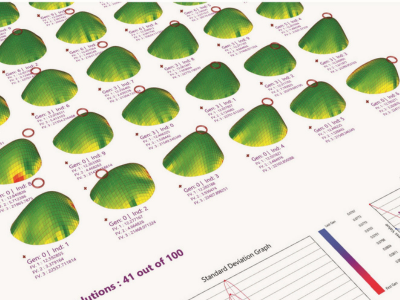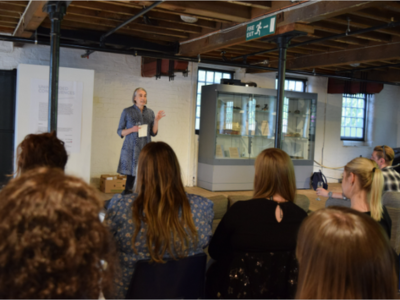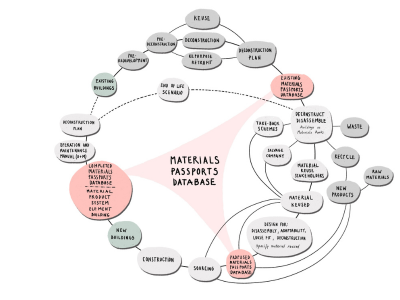FREE (Film-making with refugees) workshop project
This project, which took place in Spring 2023, was designed and led by academic staff in LICA, Professor Bruce Bennett (Film Studies), Dr Maryam Ghorbankarimi (Film Studies) and Professor Emma Rose (Fine Art).
Over five weeks, a group of 25 asylum-seekers residing in the local area, participated in a course that incorporated a field trip to Liverpool, lectures on film history and style, and training workshops on camera operation and editing. Working in five groups, the participants borrowed a camera kit and shot and edited a set of short films under the supervision of the LICA staff leading the project. At the end of the project, the resulting five films were screened in a premiere at the Dukes before an invited audience and introduced by the filmmakers who were awarded a certificate for completing the course.
The project derives directly from the research expertise of the three academic leads. Bennett is working on a monograph, Refugee Cinema (Oxford University Press), Ghorbankarimi is a filmmaker and academic whose publications focus on Middle East cinema and politics, while Rose has run several co-creation workshops with asylum seekers and torture victims.
The rationale behind the project included the following points:
- political: it offered this socially marginalized group an opportunity for self-representation
- personal: as a creative activity it was very valuable for individual wellbeing
- social: this group project was a social activity offering the participants an opportunity for integration
- skills: it offered the participants the opportunity to learn a new skill set and also an introduction to higher education as a possible future route.
Professor Bennett, Dr Ghorbankarimi and Professor Rose are currently planning a second version of the project that will run in Spring 2024.





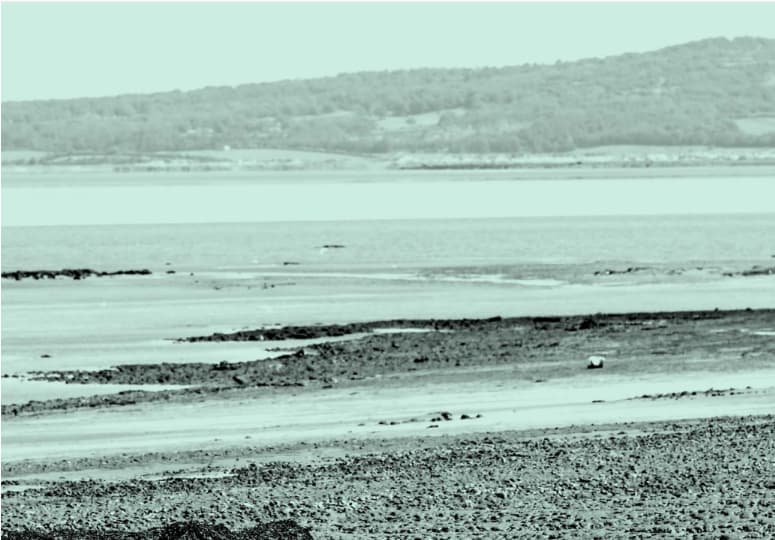
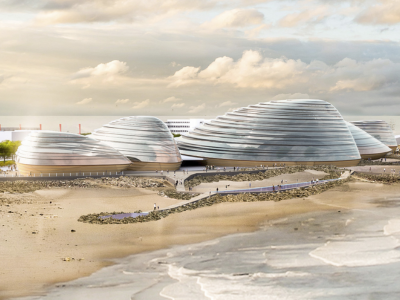
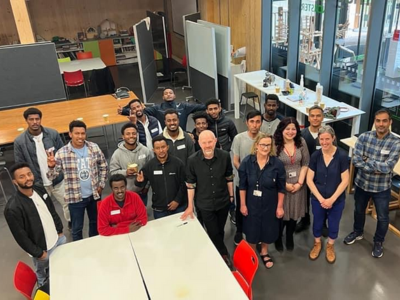
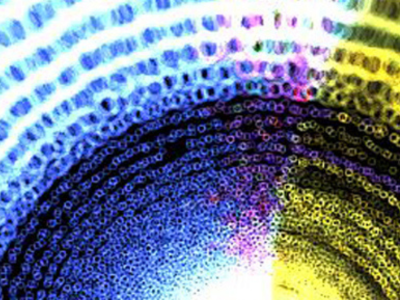
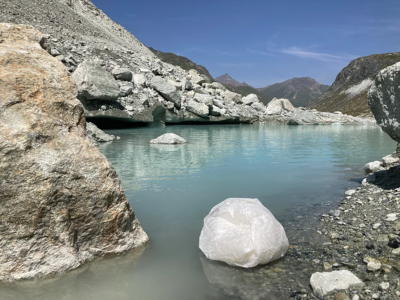
.jpeg)
